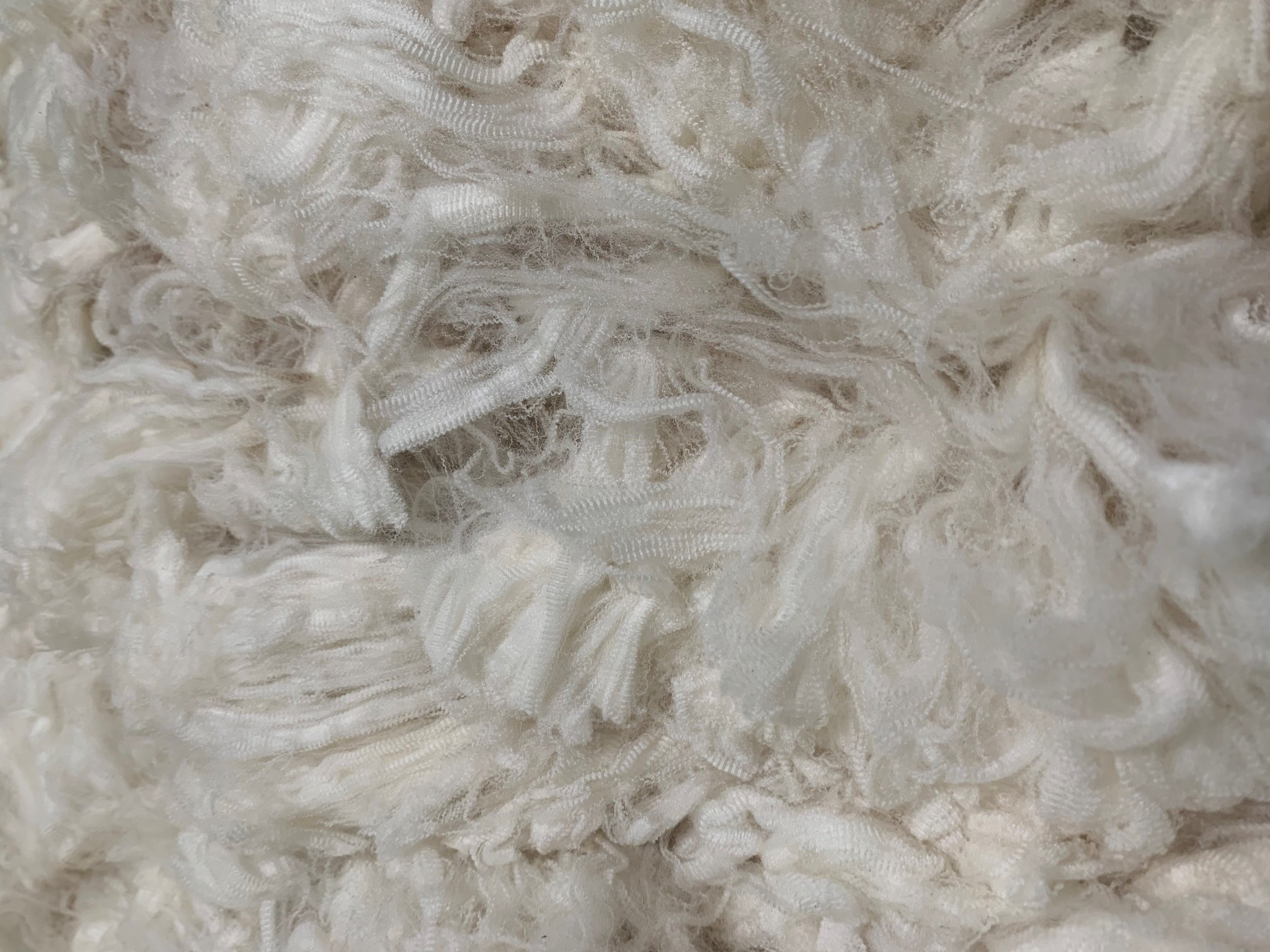
More better style wool and a kinder dollar exchange rate helped wool prices this week. Image – AWEX.
AUSTRALIAN wool prices improved in auctions this week with the benefit of a kinder $A-US exchange rate and spirited bidding on better style wools.
However, Australian Wool Innovation said while local prices in Australian dollar terms were all appreciating, the more favourable Australian-US dollar exchange rates had put trade expectations at much stronger levels than what eventuated.
The AWEX Eastern Market Indicator rose 17 cents to 1960c/kg clean, with brokers passing in 6.4 percent of the offering of 43,053 bales, 2279 more than last week.
AWEX senior market analyst Lionel Plunkett said due to the week-long break in sales, quantities increased as wool accumulated during the break came onto the market.
“The larger quantity did little to soften buyer demand, perhaps because brokers are reporting a sharp decline in shearing activity, as many farmers are starting their annual cropping programs.
“This predicted drop in fresh wool being available, has been reflected in the AWEX Four Week Forecast (FWF) issued this week, with current figures showing that Week 45 and 46 will have less than 35,000 bales and Week 47 having less than 31,000 bales nationally.”
Mr Plunkett said the main buyer interest was in the best/good style wools and spirited bidding on these types helped to generally push prices up by 15 to 30 cents.
“The inferior style wools were not as well supported and lost further ground.”
He said the EMI has now risen for two sales in a row after its previous long run of losses.
“Worth noting, due to currency movement, when viewed in $US terms, the EMI fell by US21 cents (to 1376c/kg).”
Crossbred wools again recorded healthy gains. There was a 40-60 cent rise in 28 micron prices, pushing the individual Micron Price Guide (MPG) for 28 micron further into record territory in both Sydney and Melbourne.
“After tracking downward for the previous six weeks, the merino cardings recorded positive movement. Prices generally increased by 10 to 30 cents, pushing the three carding indicators up by an average of 15 cents.
“As mentioned earlier the national quantity reduces for the following week, currently there is 33,464 bales rostered for sale in Sydney, Melbourne and Fremantle.
Large Chinese indent buyers absent from market
AWI’s weekly market report said all wool types and descriptions ended the week at higher levels, despite the general absence of the largest of the Chinese indent buyers.
“The 0.9pc gain on the main indicator was most welcome, but in reality the market was underperforming in light of the currency advantage.
“This week’s purchasing activity was dominated by top makers and the locally based trader/exporters. Even on an unchanged demand basis, the weaker forex had buyers’ pre-sale thinking of at least a 50-cent gain in the market,” AWI said.
“In the Merino sector though, the two largest Chinese indent operators were highly noticeable by their lack of purchasing intent.
“This lack of competition enabled other operators to buy-in at levels beneath their initial thoughts,” AWI said.
“This may prove to be an opportune move as the Fremantle market surged late on Thursday and finished the week strongly at the highest price points of the sale week.
“In contrast to the pre-Easter sale, which had widespread buyer support and positive sentiment, this week was a somewhat sporadic and hit-and-miss affair,” AWI said.
“Most of the trade was a little bemused with the inactivity from quite a few of the larger buyers as business pre-sale was described as being at or near to market levels.
“As the week’s sales progressed it became clear that tight trading conditions were in play with just price sensitive overseas interest being offered,” AWI said.
“This sensitivity has arisen more-so from their thoughts and predictions of a A$ lowering again against the US$ as many reports of a lower RBA interest rate next week flowed from bank economists.”
AWI said supply information from the AWTA’s key test data in April more or less matched exporter and trade modelling numbers so no market reaction stemmed from the release. The data showed that 10.4pc less wool was tested in April this year compared to 2018, and from July 2018 to April 2019 (compared with the same period last season) 10.3pc less wool by weight was tested. AWTA Ltd has tested 277.35 million kilograms this season, compared with 309.4mkg for the equivalent period last season.
Click here to see the latest Micron Price Guides.
Sources: AWEX, AWI.

HAVE YOUR SAY